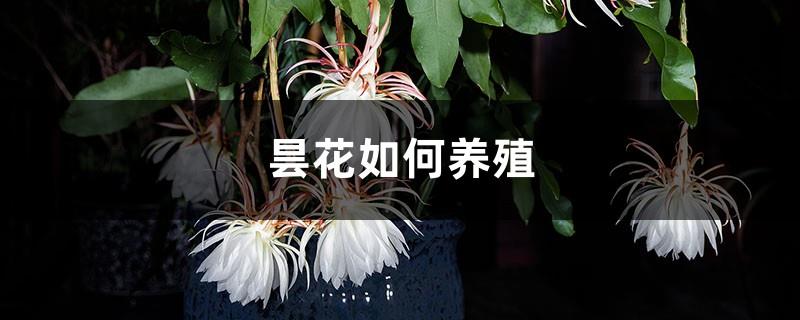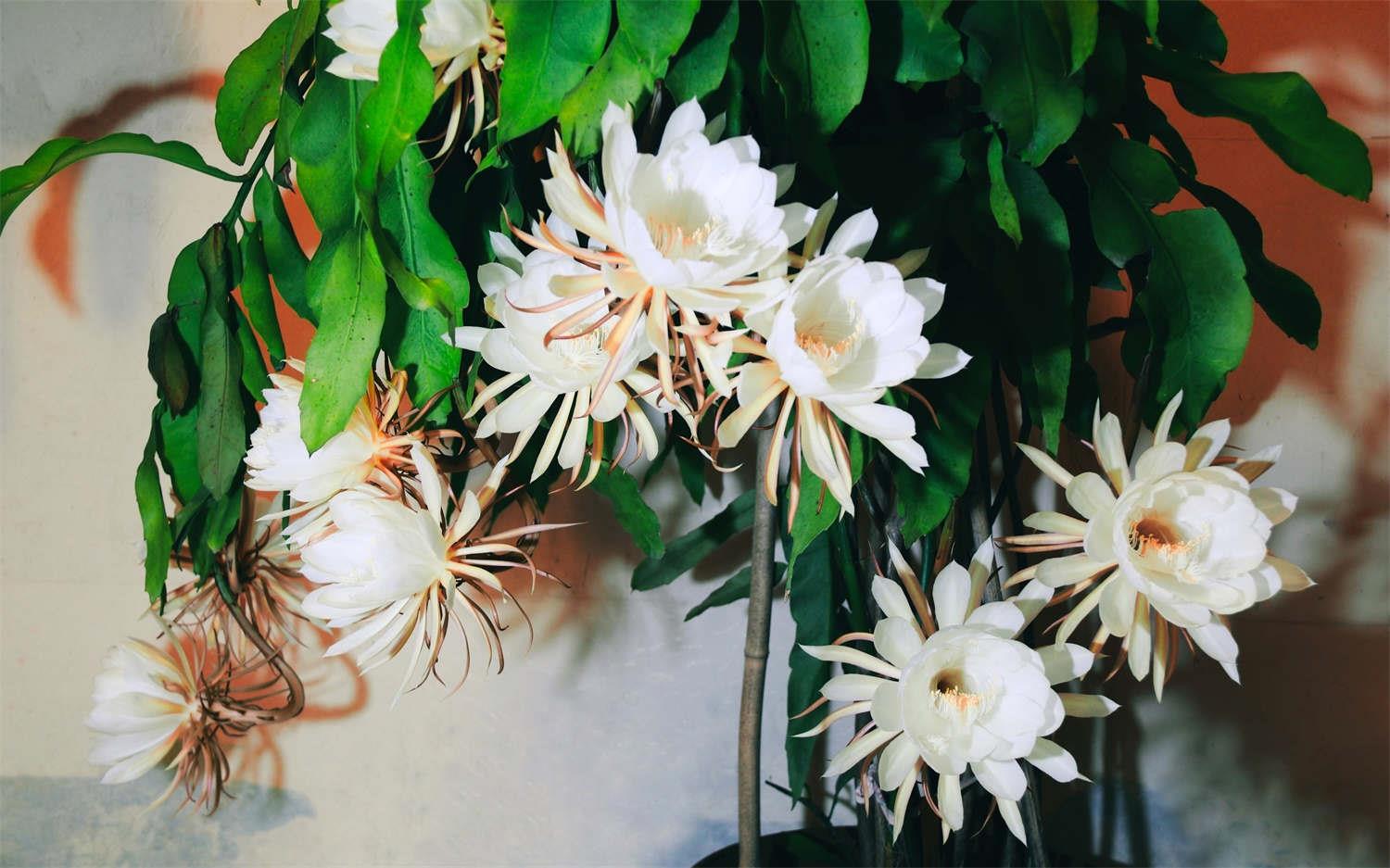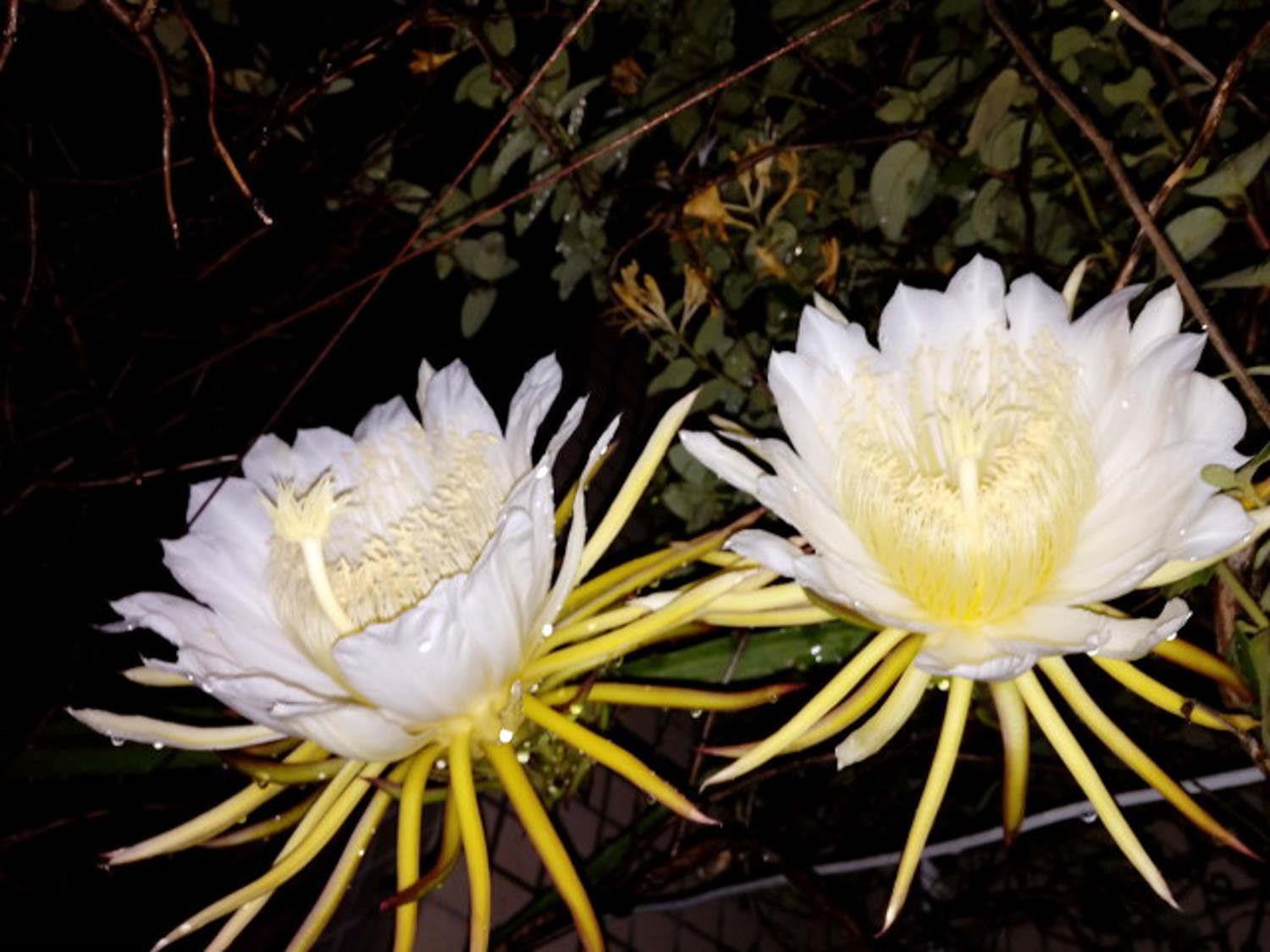How to breed Epiphyllum
Last Update :2024.11.05
Article Catalog
You can use humus soil to cultivate Epiphyllum epiphyllum. During maintenance, it needs to be given a semi-shady growth environment and a temperature of 15-25°C. Water more in summer, reduce watering in spring and autumn, and control water in winter. Apply decomposed cake fertilizer and water once every half month during the growing period. Cuttings are commonly used for propagation, but seeding can also be used.

Breeding method
Cultivation methods
Light and temperature
Epiphyllum prefers a semi-shady and warm environment, and has relatively low temperature requirements high. Epiphyllum needs sunlight to grow, and the suitable temperature for growth is between 15-25°C.
When the temperature is too high in summer, the epiphyllum should be placed in a place without direct light to shade. When the temperature is low in winter, epiphyllum needs to be moved indoors to overwinter and placed indoors in a sunny place with sufficient light. The overwintering temperature is between 10-12℃, and it can withstand low temperatures of about 5℃.
Water and fertilizer management
Epiphyllum needs more watering in summer, but there should be no stagnant water or rain, as it will cause root rot. You can spray water 1-2 times in the morning and evening to increase the air humidity. Watering should be reduced in spring and autumn, and water should be controlled in winter to keep the pot soil not too dry.
Epiphyllum can bloom normally only if it has enough nutrients.
Epiphyllum can be fertilized with decomposed cake fertilizer and water once every half month during the growth period. Apply nitrogen fertilizer once a month in spring and autumn, with appropriate intensity. Stop fertilizing in winter. Epiphyllum can be treated with bone meal or superphosphate once during the flowering period.
Proper management of water and fertilizer can extend the flowering time. Too much water and fertilizer will cause leggy growth.
Soil
Epiphyllum epiphyllum commonly grows in well-drained, fertile leaf humus soil, which requires the soil to be rich in humus, good drainage, loose and fertile. Sandy soil can be used.

Propagation method
Epiphyllum is commonly propagated by cuttings, which can be either branch or leaf cuttings, and rooting is faster.
Epiphyllum can also be sown, and it takes a long time to bloom.
Notes
Epiphyllum requires good water and fertilizer management, strict water control, and reasonable fertilization. Insufficient water and fertilizer are not easy to bloom.
Epiphyllum should not be exposed to strong light and should be shaded when necessary. Avoid water accumulation in the pot, and avoid rain in summer as roots may rot easily.
Potted epiphyllums should be tied or supported in time due to their abnormal stems and weak stems.

Breeding method
Precautions
- END -
Oil spot lily cultivation methods and precautions

Soil: The soil can be prepared by mixing garden soil with vermiculite or perlite. ...
Groxinia cultivation methods and precautions

Temperature: The temperature from January to October is 18-25℃, and the temperatu...